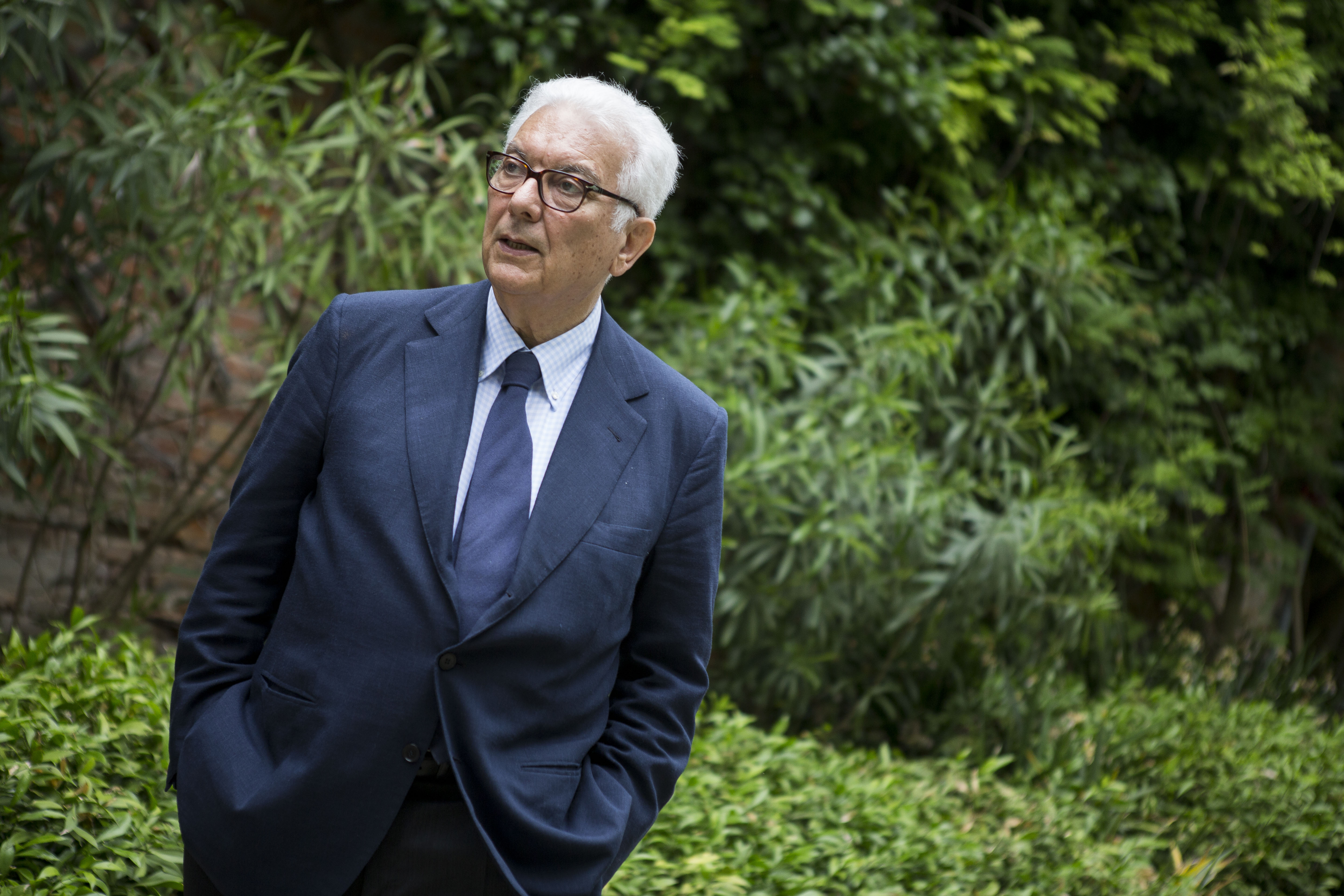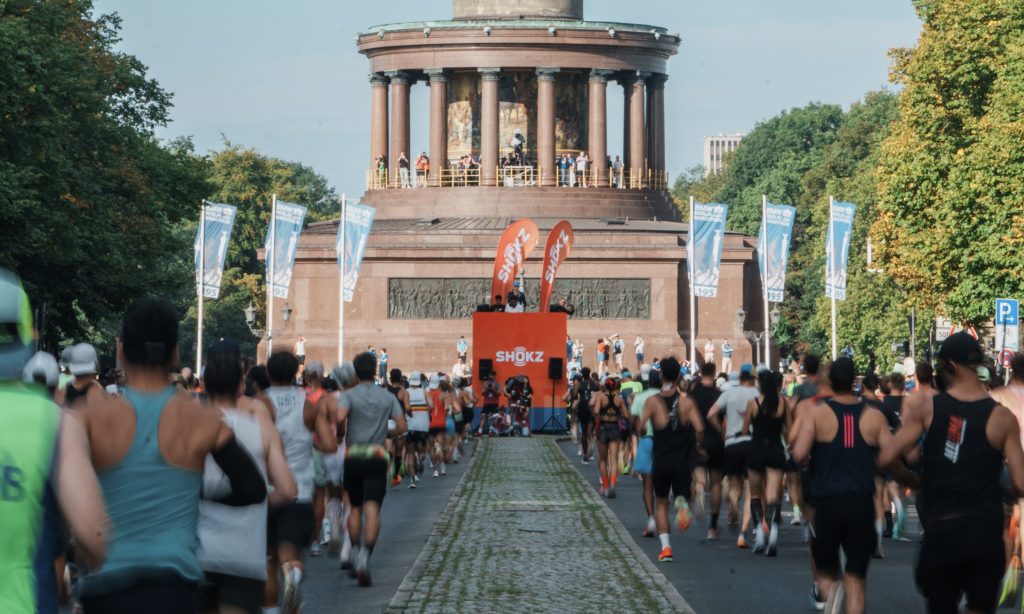La Biennale di Venezia 57th International Art Exhibition – Statement by Paolo Baratta President of La Biennale di Venezia
La Biennale di Venezia 57th International Art Exhibition – Statement by Paolo Baratta President of La Biennale di Venezia
We customarily define La Biennale as a place of research. We customarily repeat that, regardless of the Exhibition’s theme or approach, La Biennale must present itself as a place whose method—and almost raison d’être—is dedicated to an open dialogue between artists, and between artists and the public. This spirit has been confirmed at every Biennale in past years.
The 57th International Art Exhibition introduces a further development. It is as though what has always been our primary work method—encounter and dialogue—has now become the theme of the Exhibition, because this year’s Biennale Arte is dedicated to celebrating, and almost giving thanks for, the very existence of art and artists, whose worlds expand our perspective and the space of our existence. Christine Macel has called it an Exhibition inspired by humanism. This type of humanism is neither focused on an artistic ideal to follow nor is it characterized by the celebration of mankind as beings who can dominate their surroundings. If anything, this humanism, through art, celebrates mankind’s ability to avoid being dominated by the powers governing world affairs. These powers, if left to their own devices, can greatly affect the human dimension, in a detrimental sense.
In this type of humanism, the artistic act is contemporaneously an act of resistance, of liberation and of generosity.
In presenting the works to us, Macel has adopted a theme shared by the great humanist authors: the journey. Along the journey of the Exhibition’s itinerary, the artists encounter each other; they draw near to, or distance themselves from one another, according to the affinities manifested in the impulses and stimuli which move them, in the challenges they must face, or in the practices they have chosen to follow. It is not a classification, but rather, a disposition, a choreography, an epic poem parsed in a prologue and nine episodes, in which each individual work of art has the task of engaging the visitor with its vitality (and I know how carefully Macel has selected each and every work).
And this brings us to another aspect of this year’s Exhibition, which alone qualifies it, above and beyond all the themes or narrations: of the 120 artists who have been invited to the Exhibition by our Curator, 103 are participating here for the first time. Some are discoveries; many others, at least for this year’s edition, are rediscoveries. And these courageous choices, too, are a concrete expression of our confidence in the world of art. In the past, we have often experimented with the practice of direct encounters between artists and visitors, in every Department: Architecture, Music, Dance, Theater, and Cinema. Occasionally, we have also done so in the Visual Arts and, each time, we realized how important this is in the interest of a more rounded participation at La Biennale. This year, direct encounters with the artists have assumed a strategic role, to the point of becoming one of the pillars of La Biennale, whose program is of unprecedented size, commitment and courage, above all bearing in mind the above-mentioned preponderance of first-time participants.
For several years now, every Art Exhibition has dedicated a “Book Pavilion” to the collection of works which the artists personally send us and which speak of them and their creation, almost as though constructing a “bibliography” of the Exhibition. For this year’s Biennale, Christine Macel has asked artists to provide books, articles, writings and other publications that have been particularly meaningful to them in their growth and development as artists. She is also calling for documentation for the Artists’ Practices Project: from 7 February until opening day, a video created by the artists to describe their work is featured on the Biennale website and on official social media. Over the years, our interest has grown in the artists’ “curricula”; the creation of an important archive stimulates our efforts to this end.
Our curator’s main Exhibition is surrounded by the 86 pavilions of participating countries, each with its own curator, which will once more bring to life the pluralism of voices which is a hallmark of La Biennale di Venezia. Many pavilions have followed the guidelines suggested by our curator and have accepted the invitations to participate in joint programs.
There will be 23 Collateral Events and Special Projects, including the Pavilion dedicated to the Applied Arts, managed in collaboration with the Victoria and Albert Museum in London. Other important Biennale Festivals will take place throughout the duration of the Exhibition: in June, the 11th International Festival of Contemporary Dance (directed by Marie Chouinard); in July and August, the 45th International Festival of Theater (directed by Antonio Latella); between late August and early September, the 74th International Film Festival (directed by Alberto Barbera); in October, the 61st International Festival of Contemporary Music (directed by the composer Ivan Fedele); not to mention the important “college” activities which have been organized in each sector. Many of these initiatives will take place at the Arsenale, inside the venues of the International Art Exhibition itself. In short, La Biennale will be encircled by all the many Biennales. Biennale viva, viva La Biennale!
Paolo Baratta, President of La Biennale di Venezia




